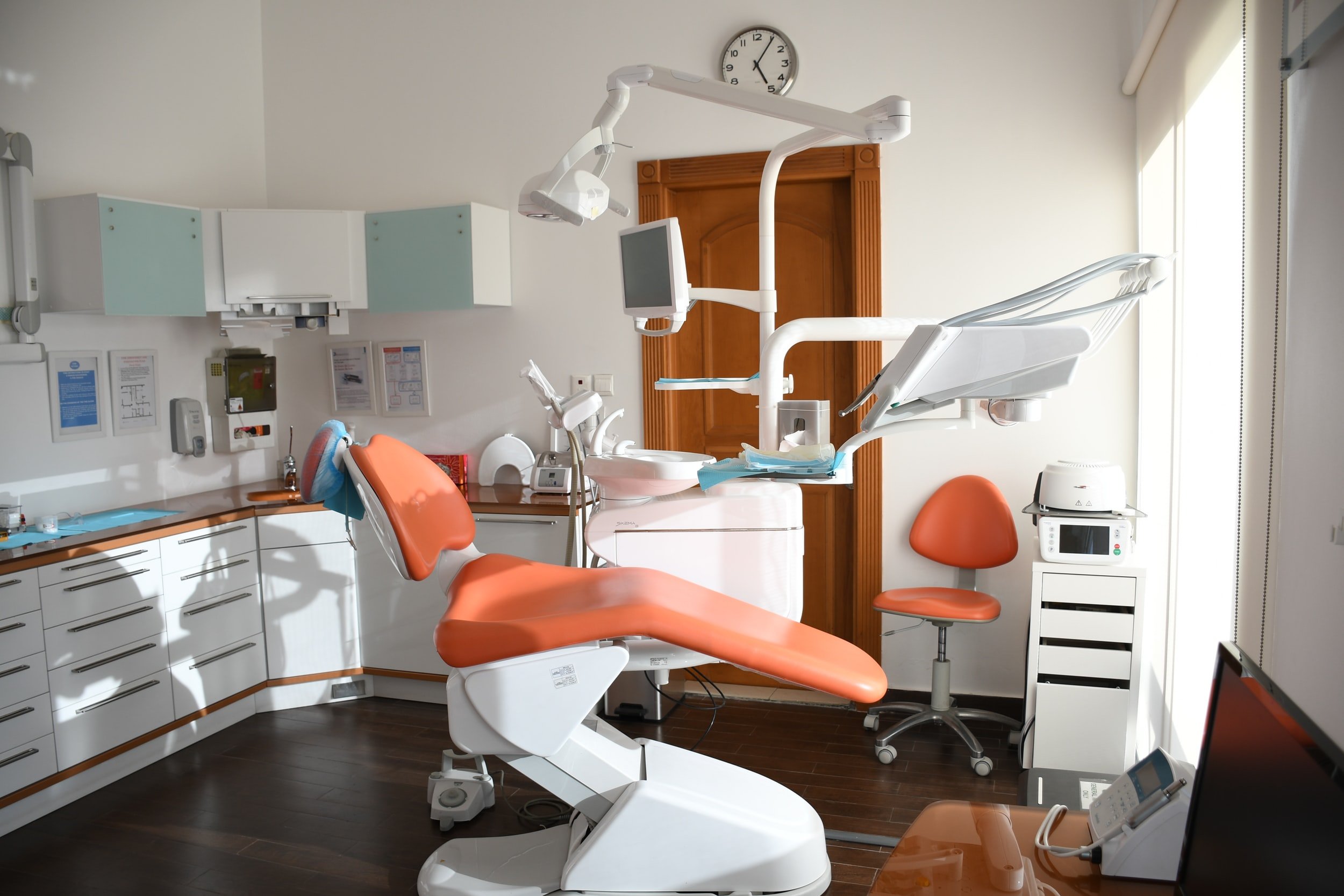
Preventative Dental Procedures
The ADA recommends the following steps for good dental health:
Brush your teeth twice a day with an ADA-accepted fluoride toothpaste.
Replace your toothbrush every three or four months, or sooner if the bristles are frayed.
Clean between teeth daily with floss or an interdental cleaner.
Eat a balanced diet, and limit soft drinks and between-meal snacks.
Visit your dentist regularly for professional cleanings and oral exams.
Why is preventive dental care important?
When it comes to the health of your teeth and gums, preventive dental care is smart. Brushing and flossing help to remove plaque from the surfaces and in between teeth, keeping your teeth looking and feeling clean. A healthy diet, one low in sugar and other refined carbohydrates, helps keep your whole body, including your teeth and gums, in good shape. And routine dental exams and regular cleanings may help prevent the incidence of higher-cost treatments such as periodontal surgery, root canals, extractions and fillings. After all, early detection and prevention are key to minimizing your need for more serious dental treatment.
Things our office will do at your preventative appointments:
Reviewing and updating medical history, including information about heart problems, pregnancy, diabetes and medications, which may have an impact on your oral health.
Cleanings involve more than just cleaning your teeth. Other things you will receive during your cleaning include:
Removal of plaque and tartar
Stain removal
Fluoride application
Sealants (for children)
Polishing teeth, including fillings and crowns
Cleaning and adjustment of dentures and partial dentures
Educational services such as tooth brushing and flossing instructions, nutritional counseling, Recommendations for future treatment: when to return for follow-up hygiene treatment, periodontal (gum) concerns or restorative options, evaluation of self-care effectiveness, tobacco-cessation counseling
Comprehensive Exams
Oral cancer examination and screening- when you are in our office we are not just checking the health of your teeth. There are many cancerous lesions that occur in the mouth and on the tongue. Dr. Alexander and her team are examining you for this as well during your exam.
Evaluation of gum tissue
Checking biting, chewing and swallowing patterns
X-rays or examination of teeth to detect decay
Referral to specialists for specific treatment
What is Fluoride?
Another key to good oral health is fluoride, a mineral that helps prevent caries and can repair teeth in the very early, microscopic stages of the disease. If you, or a family member, are at a moderate-to high risk of developing caries, a professional fluoride treatment can help. The fluoride preparation used in the dental office is a much stronger concentration than that in toothpastes or fluoride mouth rinses that may be available in a store or at a pharmacy. Professional fluoride treatments generally take just a few minutes. The fluoride may be in the form of a solution, gel, foam or varnish. Typically, it is applied with a cotton swab or brush, or it is used as a rinse or placed in a tray that is held in the mouth for several minutes. After the treatment, you may be asked not to rinse, eat or drink for at least 30 minutes to allow the teeth to absorb the fluoride and help repair microscopic carious areas. Depending on your oral health status, fluoride treatments may be recommended every three, six or 12 months. Ask today if you are interested in receiving Fluoride. Many insurances cover this benefit for adults as well as children.
What are Sealants?
Dental sealants are thin coatings that when painted on the chewing surfaces of the back teeth (molars) can prevent cavities (tooth decay) for many years. Sealants protect the chewing surfaces from cavities by covering them with a protective shield that blocks out germs and food. Dr. Alexander will check your teeth to see if sealants will help you prevent decay. Many insurances cover sealants especially in children. Check with yours today to see!
Why are X-rays taken?
Dr. Alexander wants to provide the best possible dental care to her patients, but a visual examination doesn’t tell the whole picture. Thanks to dental X-rays, dentists can accurately diagnose and treat dental problems early before they become more serious. X-rays, also called radiographs, give your dentist the ability to see between and inside your teeth. She can also view the tip of your roots and bone underneath your gums – places not normally visible to the naked eye. Although they are used as part of a routine examination to rule out dental disease, X-rays also aid your dentist in diagnosing any specific or isolated dental problems you might be experiencing. Radiographs are used to check for cavities and evaluate the extent of decay. And because some X-rays show the root of the tooth, according to the Academy of General Dentistry (AGD), the presence of any cysts, abscesses and other masses can be diagnosed. Congenitally missing or impacted teeth such as wisdom teeth are often identified this way, and the presence and extent of bone loss due to periodontal disease is easily seen through dental X-rays as well. In our office, we only use digital radiography. What does this mean for you? The image appears immediately on the computer screen. And, this exposes you to the least amount of radiation possible while still receiving the benefits of a thorough exam. Dr. Alexander will discuss with you what radiographs are appropriate for you and when they need to be taken.
